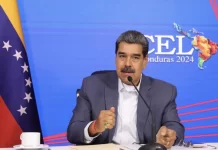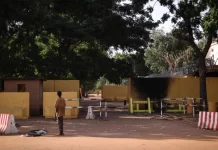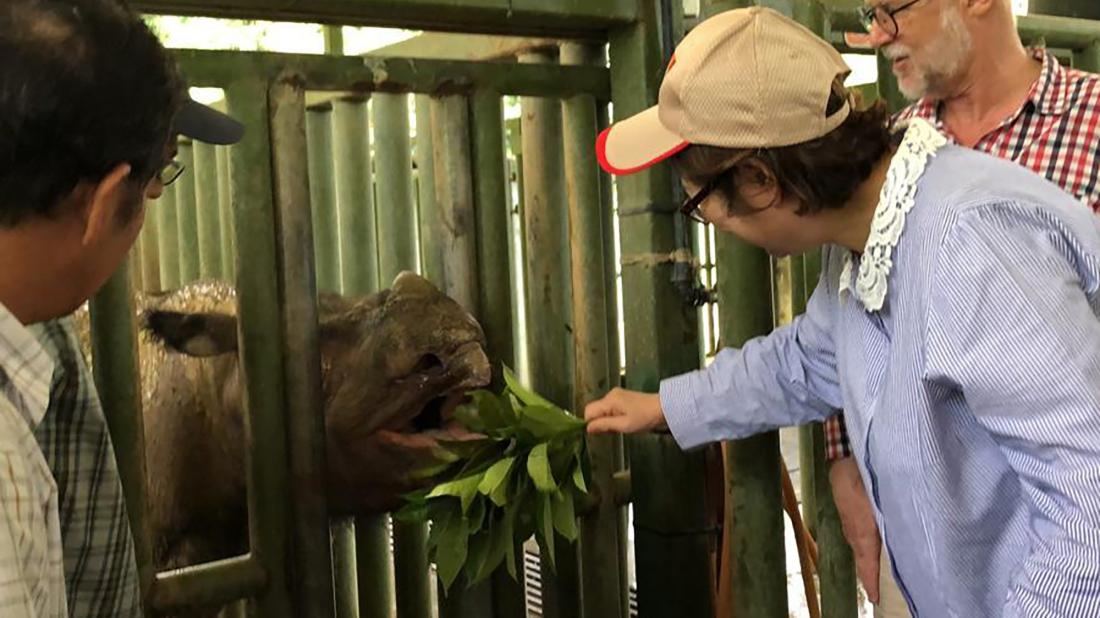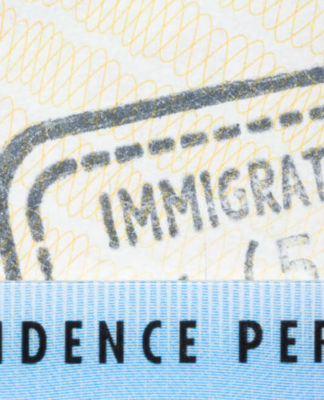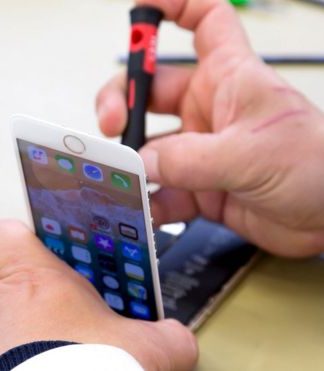For months, officials from Malaysia and Indonesia have been haggling over some very special sperm.
Biologists have long been preparing for the seemingly inevitable extinction of the Sumatran rhinoceros. Mere dozens of the animals, the smallest of the rhinos, exist in the world. As of May, all of them were in Indonesia—with the exception of two holdouts, Tam and Iman, living in captivity in Malaysia. Tam died in May. And on Saturday (Nov. 23), so did female Iman.
Conservationists had held out hope that in vitro fertilization (IVF)—specifically, fertilizing Iman’s egg cells with sperm from an Indonesian rhino—could inject much-needed genetic diversity into the population. With her death, the remaining two-horned herds are all the more likely to disappear.
When Iman was captured in 2014, wildlife doctors diagnosed her with uterine tumors. That meant she wouldn’t be able to breed on her own. But despite the growths in her uterus, caretakers were still able to extract some of her egg cells with help from scientists from Germany’s Leibniz Institute for Zoo and Wildlife Research.
It was a delicate balance: According to the New Straits Times, the hormones necessary to induce Iman’s egg production could have affected her uterine growths. “Looking at her worsening state,” Sabah Wildlife Department director Augustine Tuuga told the Times, “it is difficult for us to harvest the egg as we fear the procedure will inflict more pain on her.” Still, after Tam’s death, they tried one more time: In September, they were able to harvest one more oocyte from Iman.
Meanwhile, Tam’s sperm had been collected on a regular basis since he was captured in 2008 to live in the Tabin Wildlife Reserve. But Tam was old when he was taken into captivity; when he died this year, researchers thought he was in his 30s. So it wasn’t entirely surprising when Iman’s last oocyte and Tam’s sperm failed to produce a viable embryo.
One solution, it seems, would be to support the Malaysian line of Sumatran rhinos with healthier sperm. So for more than a year, Malaysian officials have been trying to broker a collaboration with Indonesia that would allow the use of sperm from some of Indonesia’s younger male Sumatran rhinos—Andalas and Harapan—in captivity.
In 2017, the CEO of Malaysia’s World Wildlife Fund called for collaboration between the countries to exchange animals and genetic material, in addition to the rescue of Indonesia’s remaining wild rhinos. Without careful management, the remaining isolated populations are unlikely to breed enough to keep the Sumatran rhino going in the country. And repeatedly breeding the same captive animals together increases the chances of harmful genetic defects in the population.
But those agreements have repeatedly stalled. Talks between the Borneo Rhino Alliance and Indonesian authorities were ongoing as early as August 2018, according to the New Straits Times. Sabah environment minister Christinia Liew visited Jakarta in August of this year to continue the conversation, and reports suggested that Indonesia had finally agreed to try IVF with Malaysian egg cells. A memorandum of understanding was anticipated the following month. The agreement is still pending.
Source:qz.com







